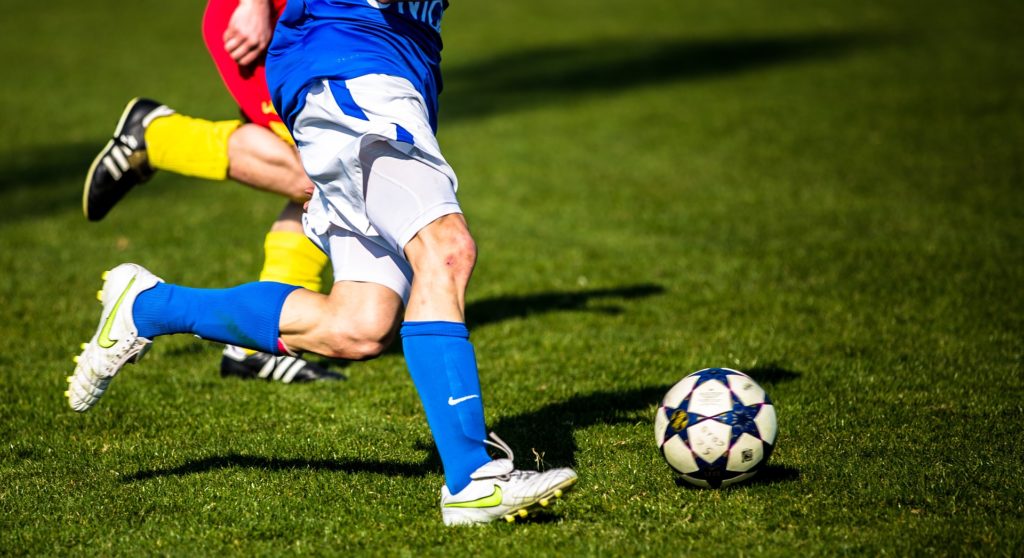What Are Shin Splints and How Do I Treat Them?

The official medical term for shin splints is medial tibial stress syndrome, and its name describes exactly what it is — pain along the front inner edge of the tibia or shinbone. Shin splints can be as painful as they are common, but they are easily identified and treated with just a few simple measures.
What causes shin splints?
Shin splints are one of those sports-related injuries filed under the “very common” list. Shin splints are mostly linked to running and other sports but can occur after any type of physical activity that’s hard on the lower legs. Repeated stress on the connective tissues around the tibia causes inflammation. Athletes who play high-impact sports, have recently increased the intensity or distance of their workout routine, or spent time running uphill are at higher risk.
This type of injury isn’t just limited to athletes, though. The risk is also higher for people with flat feet or high arches, military recruits during basic training, smokers, and those who are overweight. Wearing poor-quality or certain types of footwear can also increase your risk for shin splints.
How to treat shin splints
The most common piece of advice for treating shin splints is the one athletes least like to hear — stop doing whatever is causing the pain. If that feels like an impossible course of treatment, take a temporary break from any activities that put pressure on your lower legs. Consider swimming, water running, or biking as alternatives to high-impact activities while you heal.
Over-the-counter pain medicines, such as ibuprofen, naproxen sodium or acetaminophen, can help reduce pain and inflammation. Ice packs applied to the affected area in 15-minute sessions over a few days can help reduce swelling, and massage can work to loosen the muscles and fascia.
Untreated shin splints can lead to not just worsening pain, but side-lining injuries like stress fractures. Be sure to see a doctor if home remedies don’t produce results.
How to prevent shin splints
The good news is that proper care and attention to your routine and equipment can help reduce your risk of getting shin splints. As with any exercise, be sure to stretch your calf muscles before you put any stress on your lower legs. Don’t push yourself too far too fast. Allow sufficient time between activities to recover. And finally, make sure you have the right kind of shoes. Specialty shoe stores can fit you for the correct pair, and some even customize shoes based on your gait or running style. (Check out some specific running-related prevention advice here.)
If you suffer from shin splints that don’t seem to heal or stay healed, let our expert orthopedic doctors help you get back in the game.
